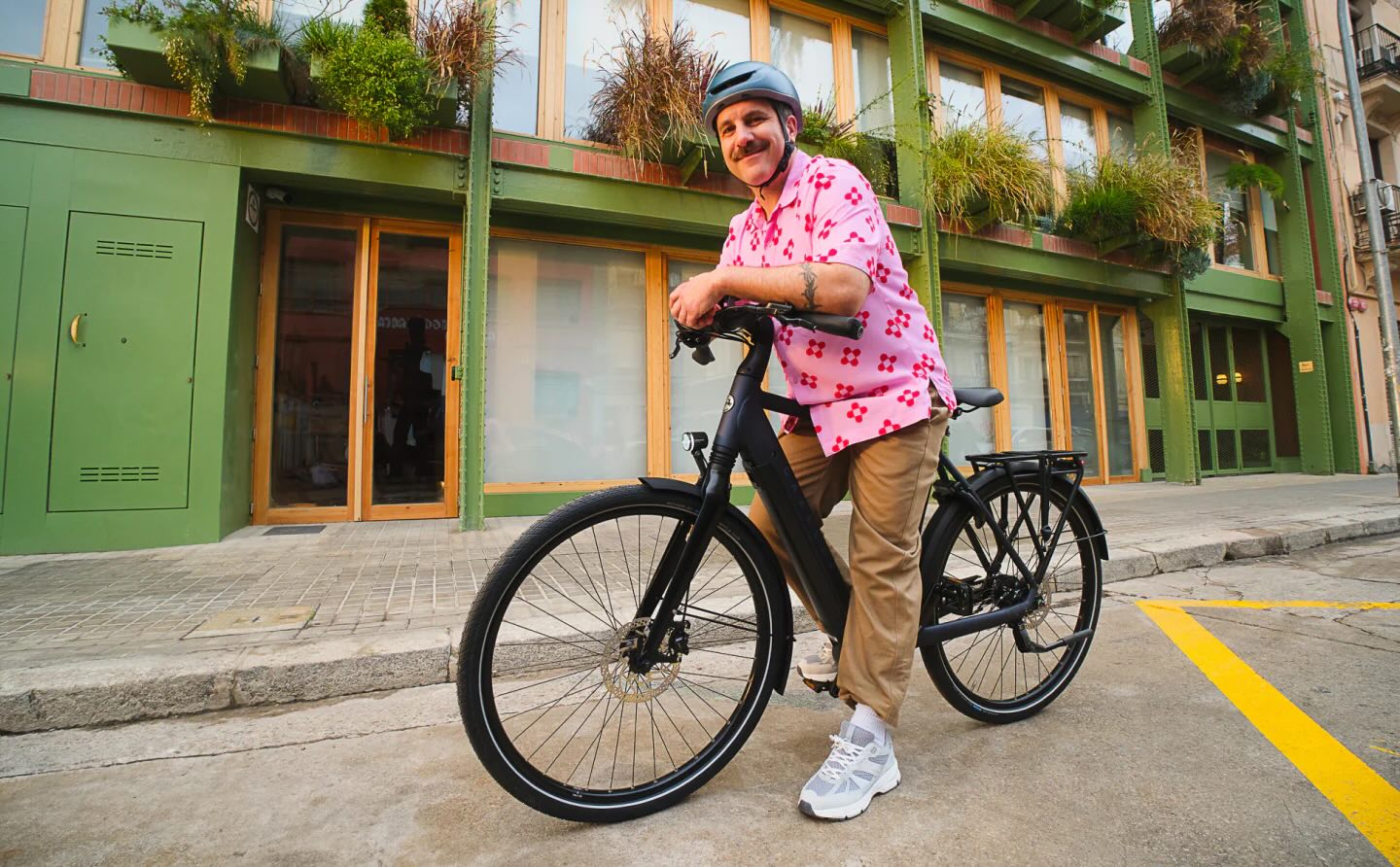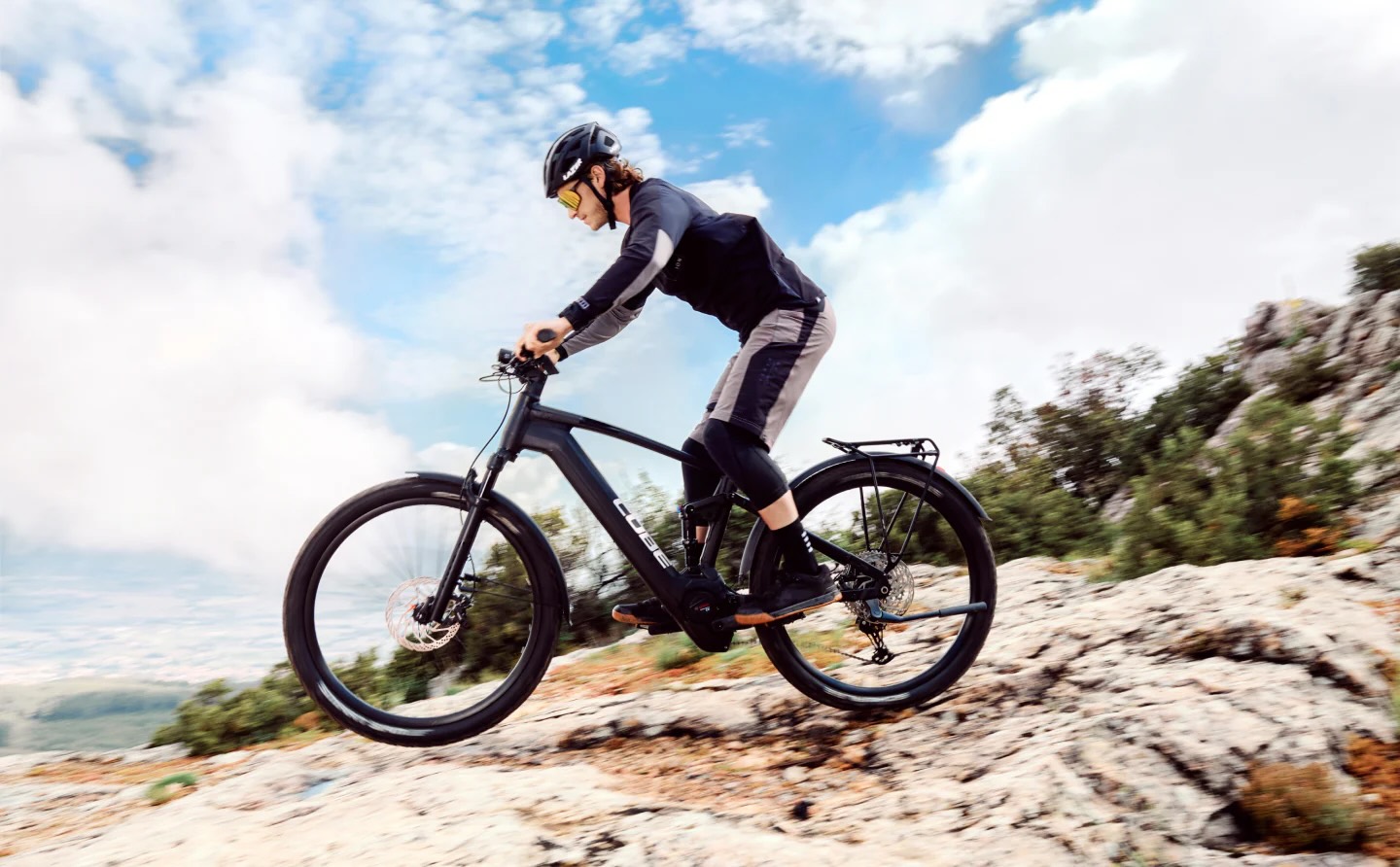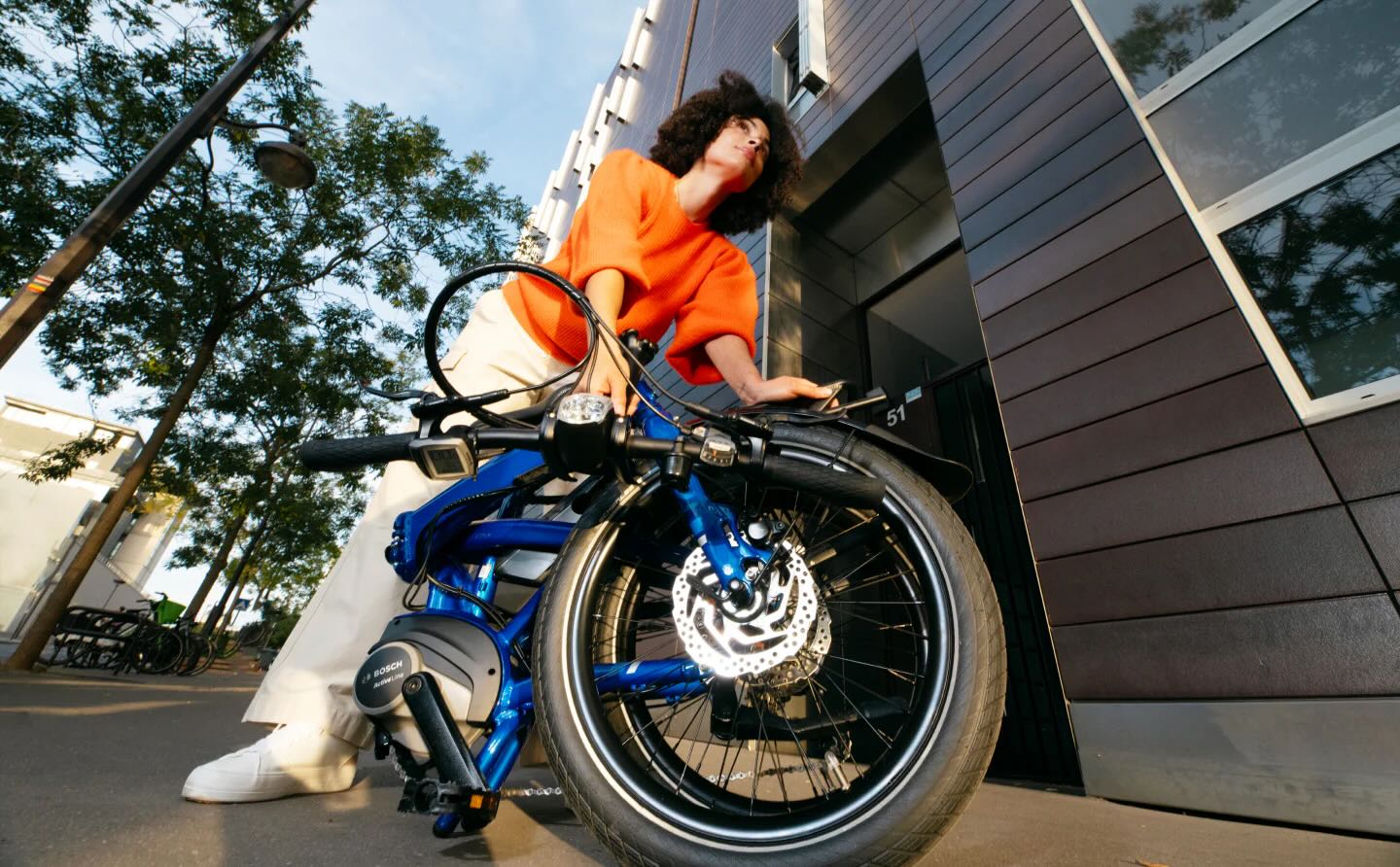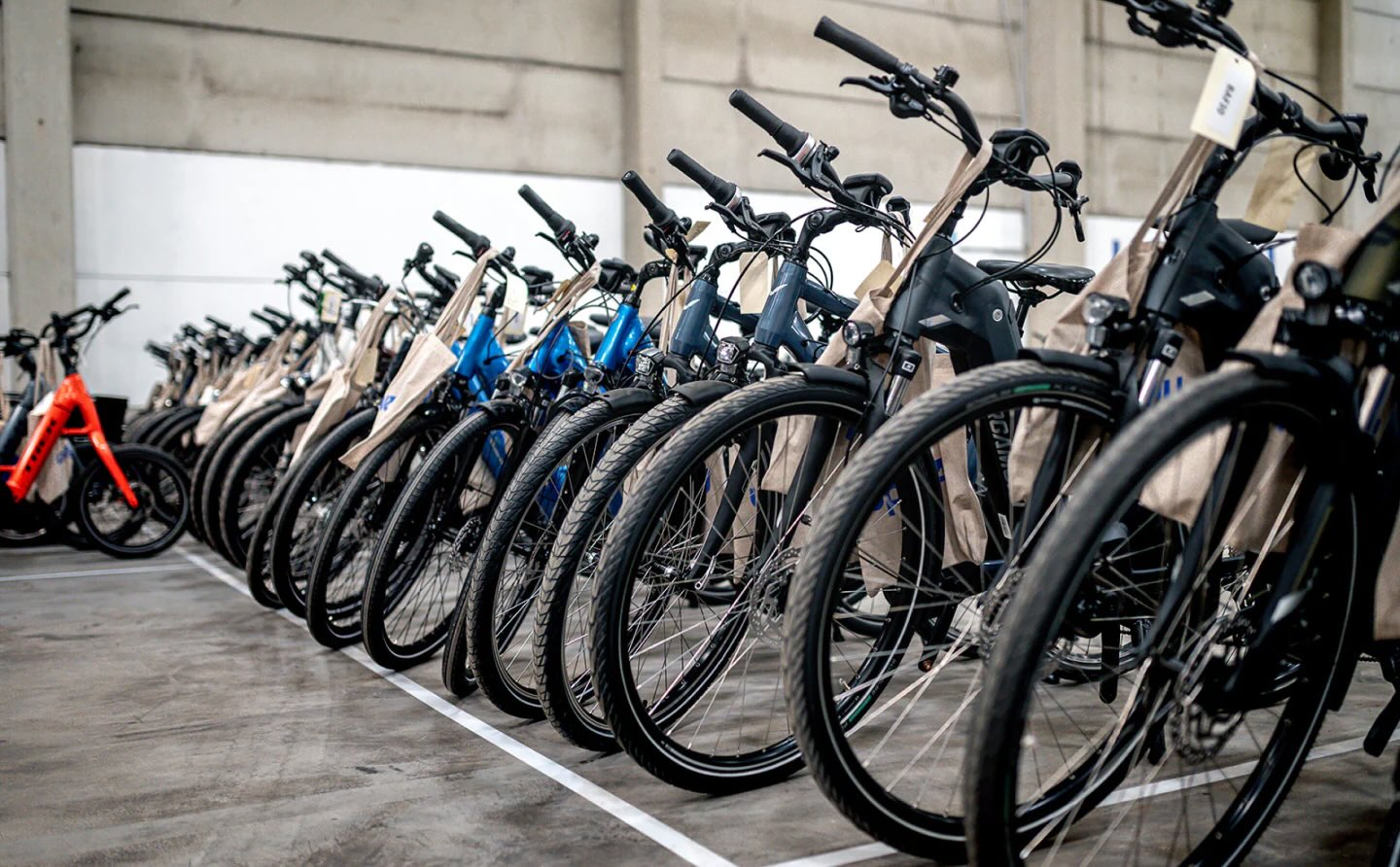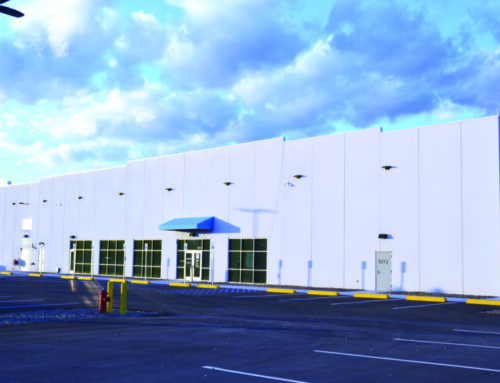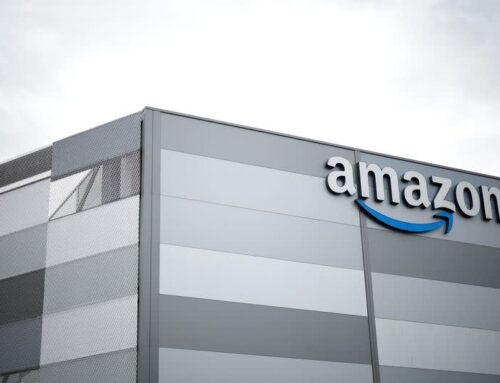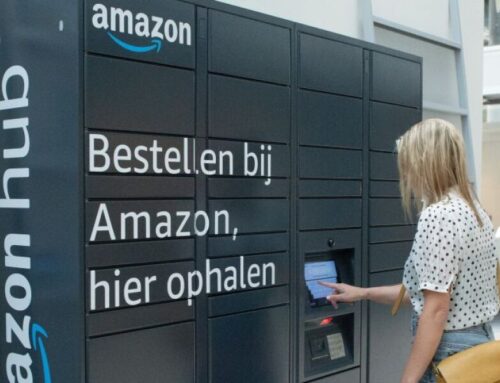US firm unleashes fleet of high-tech robots for next-gen energy project: ‘Higher productiv
October 27, 2025
Massachusetts-based Luminous Robotics recently deployed two of its Lumi S4 solar-installation robots at the Goorambat East Solar Farm in Australia as part of the first phase in the country’s plan to scale up its solar capacity.
The Australian Renewable Energy Agency awarded Luminous $4.9 million in funding to test and deploy its new Lumi S4 fleet, which will complement the existing workforce, increase efficiency, and reduce injury risk, according to an Interesting Engineering report.
Solar energy is expected to account for 80% of newly installed renewable energy projects across the globe over the next five years, spurred by low costs and expedited permitting.
Innovative solutions for increasing installation efficiency while improving workplace safety can help speed the adoption of solar panels as an alternative to planet-polluting fossil fuels.
Energy company ENGIE, which manages the Goorambat site in Victoria, has stated that it will devote 75% of its investments each year to developing renewable energy, batteries, and power networks, with the goal of reaching net zero carbon pollution by 2045.
Two Lumi S4 robots have been working to assist in installing panels using artificial intelligence-driven pick-and-place technology to autonomously lift and position solar modules onto racking structures, IE explained.
|
FROM OUR PARTNER

Save $10,000 on solar panels without even sharing your phone number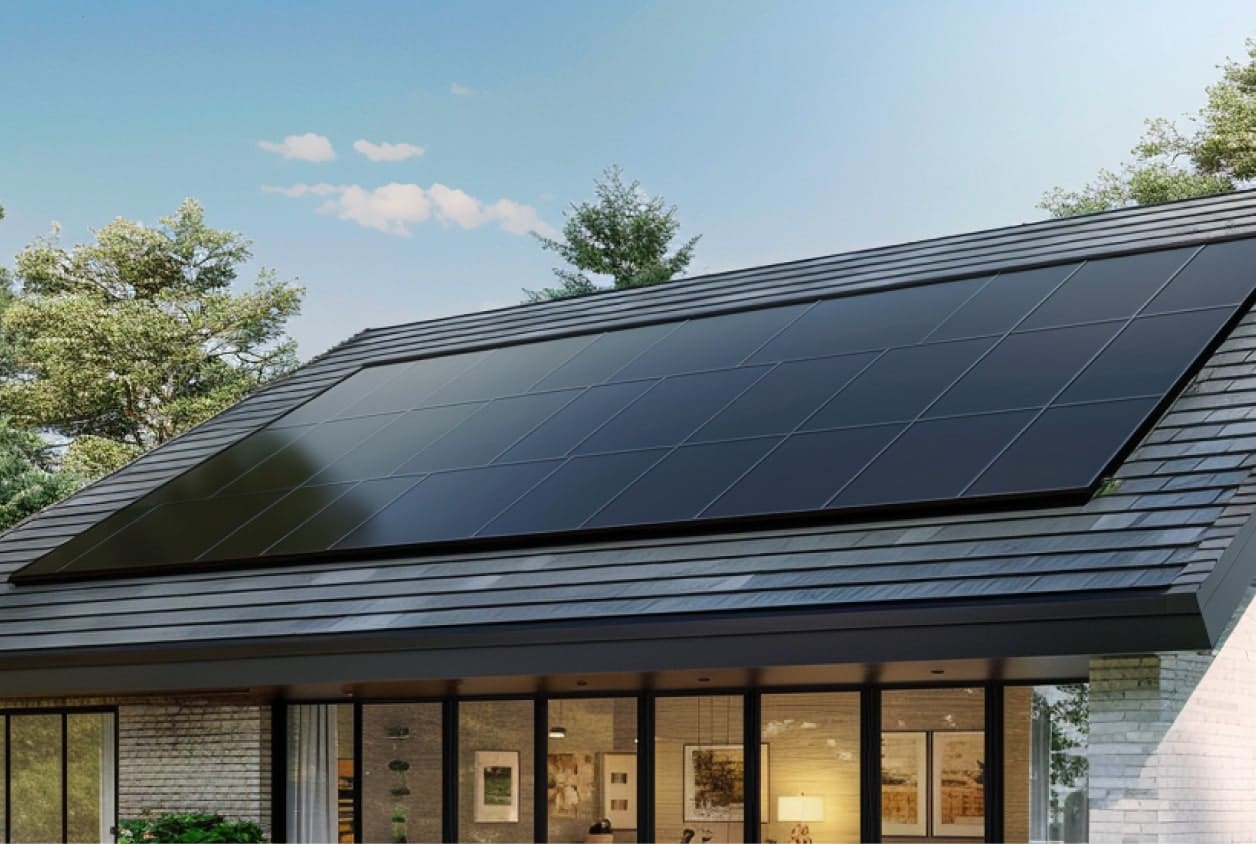
Want to go solar but not sure who to trust? EnergySage has your back with free and transparent quotes from fully vetted providers that can help you save as much as $10k on installation.
|
The robots are expected to double the installation speed achieved with conventional approaches, handling the heavy lifting and placement, so workers can focus on the more technical aspects of installation.
Once completed, the site “will have a generating capacity of up to 250 megawatts, which is enough to power up to 105,000 average Victorian homes,” Justin Webb, an ENGIE site representative, shared, per IE.
Phase 2 of the project will see three additional Lumi S4 robots deployed to a solar farm in Culcairn, and the company will collect large amounts of on-site data to further refine the machine learning capabilities of its fleet.
The third and final phase of the project should see five robots deployed at both sites, with the potential to install around 3.5 megawatts’ worth of panels per week.
“The intended higher productivity of these autonomous systems will reduce the cost of renewable energy projects and enable projects to be built in less time — which will bring down energy costs for consumers and potentially allow more solar farms to be built,” Webb added, per Interesting Engineering.
Robotic systems are increasingly being used to expedite the expansion of solar farms and even keep them clean.
Charge Robotics, founded by Massachusetts Institute of Technology graduates, designs systems to complete panel installations with minimal human assistance aside from laying down the racking system, while Cosmic Robotics is deploying solar-installation assistants similar to the Lumi fleet.
Ecoppia has taken a different approach with its AI-driven robotic cleaning fleet, helping keep panels at full efficiency by scraping away debris and buildup that accumulate on their surfaces.
Interesting Engineering added that the first power-up tests at ENGIE’s Goorambat East Solar Farm should be completed this month, thanks to assistance from the Lumi S4 robots, with the site expected to be fully operational by mid-2026.
Join our free newsletter for weekly updates on the latest innovations improving our lives and shaping our future, and don’t miss this cool list of easy ways to help yourself while helping the planet.
Search
RECENT PRESS RELEASES
Related Post
